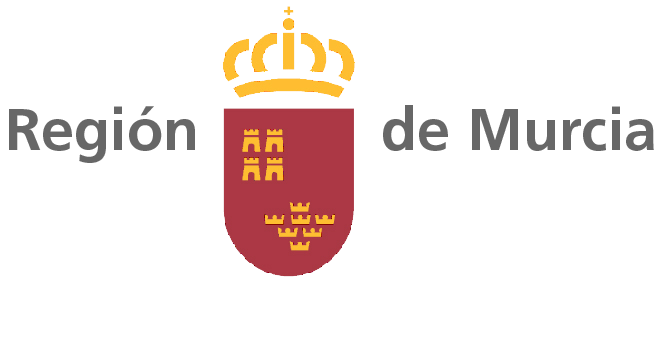Harnessing nature's power: unveiling hibernation-inspired neuroprotection in the battle against glaucoma
Glaucoma is characterized by progressive optic nerve (ON) degeneration and loss of retinal ganglion cells (RGCs). Although current treatments can slow progression preserving further vision loss, there is no cure. Many patients lose vision despite pharmacological and surgical therapies aimed at lowering intraocular pressure (IOP). Several animal models of glaucoma exist but the underlying pathophysiological events involved in RGC degeneration remain elusive.
We have established the ground squirrel (GS) as an attractive alternative model to study the pathogenesis of glaucoma in humans. The GS is a diurnal rodent with a cone dominant retina, and its central retina possesses a remarkable similarity to the macula in primates (high cone-density, with multilayered ganglion cell layer). Thus, the TLGS retina provides a human-like macula that can be leveraged to study neurodegenerative events effecting central vision and provides an innovative platform for testing hibernation-inspired therapies for human glaucomatous disease.
We propose to pharmacologically mimic the intrinsic neuroprotection of hibernation as a therapy for glaucoma. GS survive cold and ischemic conditions for months by inhibiting severe oxidative damage and inflammatory responses. Their success in handling this metabolic challenge can be exploited for therapeutic strategies to cope with metabolic stress in neuronal injuries and neurodegeneration. In fact, we identified a novel mechanism by which hibernator¿s achieve neuroprotection by studying their resistance to irreversible RGC degeneration typically associated with ON trauma. We have previously shown that we can pharmacologically recreate this protection in the optic nerve crush model.
Thus, we aim to: (i) characterize RGC and nerve fiber layer changes in two different glaucoma models (acute and chronic) in the GS; (ii) perform comparative analysis to determine degree of neuroprotection hibernation provides RGCs under OHT; (iii) determine the underlying neuroprotective mechanism(s) and test whether mimicking these metabolic changes can protect RGCs in acute and chronic glaucoma models and (iv) whether such protection can provide a better initial condition and broader time window for axon regeneration.
The proposed project will harness hibernation-inspired therapeutic strategies for clinical intervention in the treatment of neural injury and neurodegenerations such as glaucomatous optic neuropathy.

